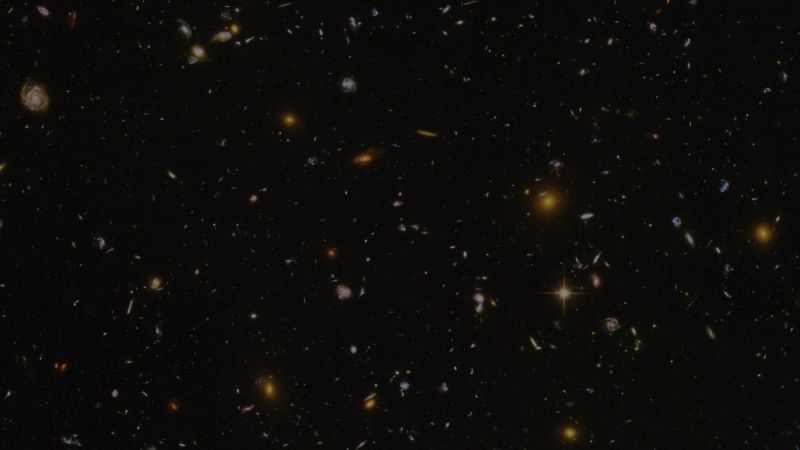A new study conducted by the University of Warwick sheds new light on Alan Turing’s 1950’s theory behind how animals came to have their spots and stripes. This new study provides original evidence supporting his hypotheses that animals evolved through simple competing biological reactions.
Turing developed his theory hypothesizing that two simple biological processes, diffusion and reaction-diffusion, influence the formation of spots and stripes in animals. Diffusion is the movement of molecules and substances from areas of higher concentration to areas of lower concentration. Reaction-diffusion is combination of two processes: diffusion and reaction.
In this study, researchers built a mathematical model with the genetic elements to replicate the parallel animal colors they were studying. They mimicked migration, population dynamics, and genetic evolution inside the model to examine the spontaneous development of spots and stripes. This allowed them to test for specific genetic changes that facilitated the formation of the pattern.
Their results found strong support for Turing’s theory and showed a critical role for a genetic mutation that caused pigmentation. This mutation causes hyperpigmentation in one area and hypopigmentation in another area and is a result of increasing and decreasing activity in specific genes. The researchers hope that this study will further our knowledge and understanding about animal’s spots and stripes and the evolutionary process.
The findings show that simple diffusions can result in the development of complex patterns like animal spots and stripes. The study hints that many other animal characteristics might also be results of diffusions and rection-diffusions, such as the growth of horns or the arrangement of petals in flowers.
This research provides new evidence and insight to support Turing’s theory in how animals get their spots and stripes. The study is an important step in further understanding animal evolution.






























